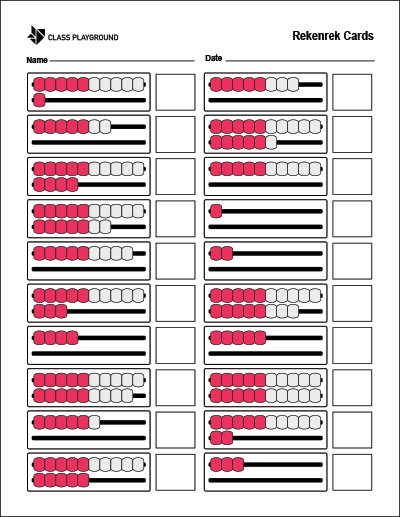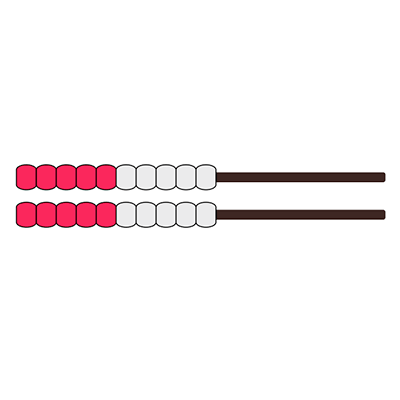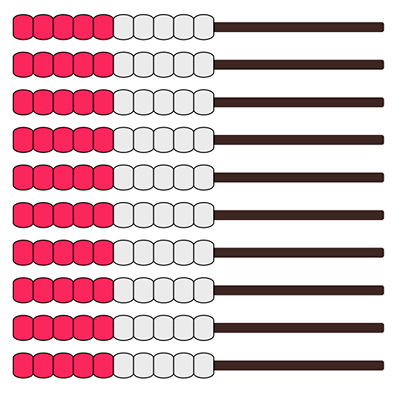What is a Rekenrek?
A rekenrek is a powerful math tool that can greatly enhance elementary students’ understanding of numbers and basic math concepts. It consists of two parallel rows of beads, typically ten beads in each row, which are grouped in sets of five by color. The name “rekenrek” comes from the Dutch word “rekentuig,” which means “counting frame.”
Why Use a Rekenrek?
The rekenrek provides a hands-on, visual representation of numbers and encourages the development of strong number sense. Here are some key reasons why you should consider incorporating a rekenrek into your math instruction:
- Visual Representation: The rekenrek allows students to physically manipulate and visualize numbers.
- Counting Practice: Students can practice counting forward and backward using the beads on the rekenrek.
- Subitizing: Subitizing is the ability to recognize the quantity of a small set of objects without counting each one. The rekenrek facilitates subitizing, helping students develop number fluency.
- Addition and Subtraction: The rekenrek lends itself well to mastering addition and subtraction strategies. Students can easily see the composition and decomposition of numbers, promoting a deeper understanding of these operations.
- Engagement and Fun: The rekenrek is a hands-on tool that promotes active participation and engagement in math activities.
Strategies
Here are some effective strategies to maximize the use of the rekenrek in your classroom:
- Counting Practice: Start with simple counting activities, asking students to count the beads on the rekenrek forwards and backwards. Encourage them to count by ones, twos, fives, and tens to reinforce number patterns.
- Subitizing: Show students different arrangements of beads on the rekenrek and ask them to quickly identify the quantity without counting. Gradually increase the complexity of the arrangements to challenge their subitizing skills.
- Number Bonds: Use the rekenrek to teach number bonds, which are pairs of numbers that add up to a given sum. For example, show students that 7 can be represented as 3 and 4, or 2 and 5 on the rekenrek.
- Addition and Subtraction: Demonstrate addition and subtraction using the rekenrek. Start by modeling simple equations and progress to more complex problems. Encourage students to manipulate the beads to find different ways to make a given number.
- Problem Solving: Provide students with math word problems and ask them to use the rekenrek to solve them. This will help them develop critical thinking skills and apply mathematical concepts in real-world contexts.
Activities
Here are some engaging activities that you can try with your students using the rekenrek:
- Missing Beads: Hide some beads on the rekenrek and ask students to identify the missing quantities.
- Number Patterns: Create different number patterns on the rekenrek and ask students to identify the rule and extend the pattern.
- Fact Families: Choose a number and ask students to find all the addition and subtraction facts related to that number using the rekenrek.
- Measure and Compare: Use the rekenrek to measure objects in the classroom and compare their lengths.
Incorporating the rekenrek into your math instruction can have a significant impact on your students’ mathematical understanding. Its visual and hands-on nature engages students and promotes deeper learning. Use these strategies and activities to make the most of this valuable math tool in your elementary classroom.



